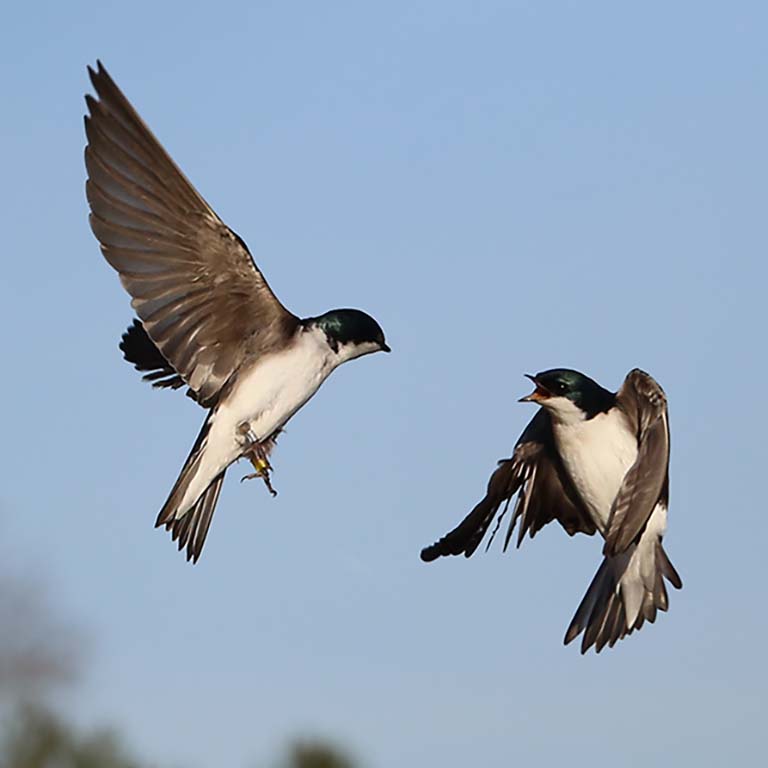Fighting among social animals is common as they compete for the resources they need to survive and reproduce. A winner and a loser will inevitably result from these interactions, but do these challenges also leave an unseen, lasting mark? From past work, we know that competition changes gene activity in the brain and can even increase aggression, seemingly preparing an individual for future fights. But how does a social challenge continue to affect an individual well after the interaction has ended? No prior experiments have tested how this unfolds among wild animals, and females remain conspicuously absent from studies of competition.
A recent study by researchers at Indiana University found that competition among free-living female songbirds changed the activity of important energy- and aggression-related genes in the brain. Some of these effects even lasted for two full days after competition had ended. Furthermore, several of these changes in gene activity were related to epigenetic marks. Epigenetic marks chemically modify DNA so that genes are turned on or off without changing the genetic code—a mechanism capable of linking past experience with future behavior. These results give important insight into how social experiences are encoded in the brain and how they can have long-lasting effects.




 The College of Arts
The College of Arts